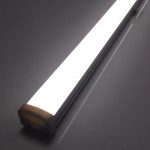LED Light Bulbs: How Much Energy Do They Save Compared to Traditional Bulbs?
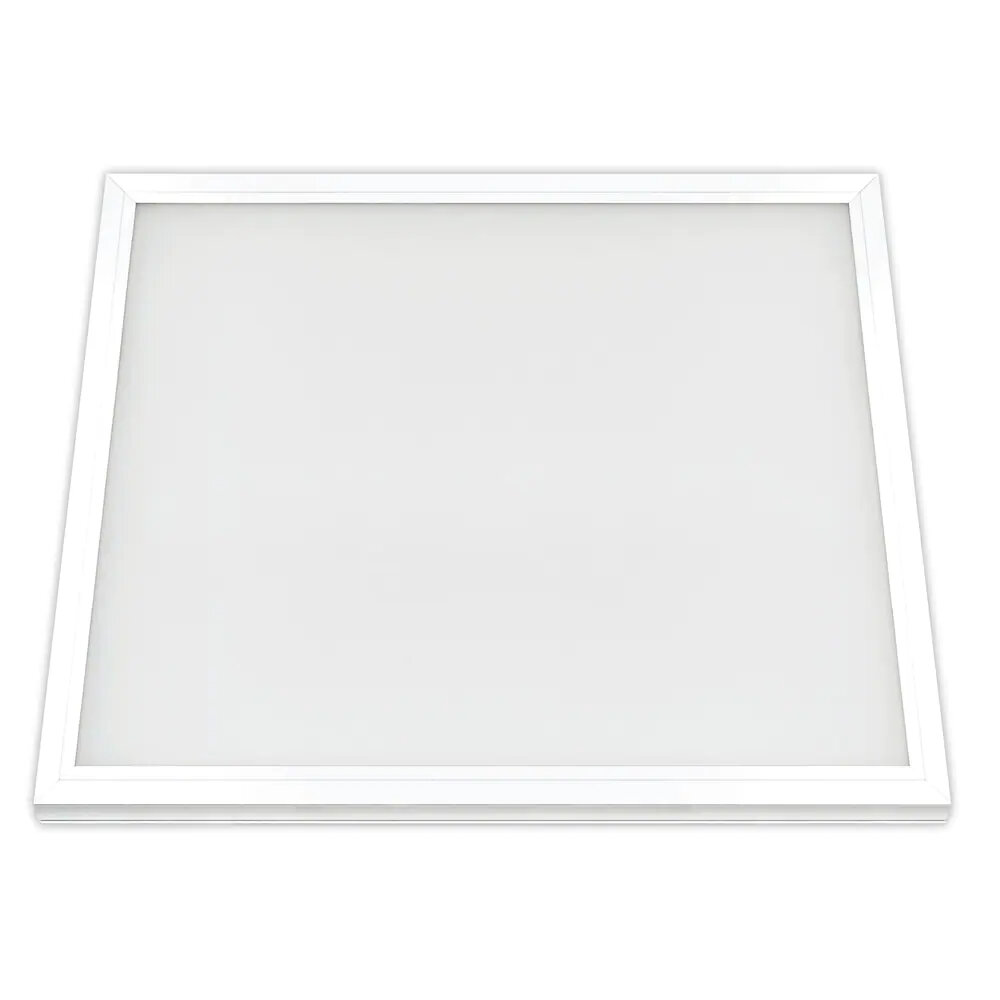
Lighting is an essential aspect of modern living, and it is no secret that it contributes significantly to the energy bills of households and businesses. Traditional incandescent bulbs are being replaced by energy-efficient LED light bulbs due to their numerous benefits. LED bulbs are not only energy-efficient, but they also last longer than other types of bulbs. This has made them a popular choice for many people who are looking to save money on their energy bills while enjoying brighter and more consistent lighting. In this article, we will explore the energy-saving benefits of LED bulbs compared to traditional bulbs and how they can help you save money in the long run. LED light bulbs have been on the market for many years, but it was not until recently that they became a popular alternative to traditional bulbs. One of the main reasons for this is their efficiency. LED bulbs are designed to use less energy than traditional bulbs while producing the same amount of light. This means that they require less electricity to operate, which translates to lower energy bills. In addition, LED bulbs have a longer lifespan compared to traditional bulbs, which means that they need to be replaced less frequently. This not only saves you money on replacement costs but also reduces the amount of waste that ends up in landfills. Overall, LED bulbs are a smart choice for anyone looking to reduce their energy consumption and save money on their energy bills.
LED light bulbs are a highly energy-efficient lighting option that has become increasingly popular in recent years. Unlike traditional incandescent bulbs, LED bulbs use a semiconductor to convert electricity into light. This process requires significantly less energy, resulting in a reduction in electricity bills and a longer lifespan for the bulb. LED bulbs also emit less heat than traditional bulbs, making them safer and more comfortable to use. Additionally, LED bulbs are available in a wide range of colors and styles, making them a versatile and customizable lighting option for any space. Overall, LED bulbs are a cost-effective and eco-friendly choice that can help reduce energy consumption and lower carbon emissions.
LED light bulbs have revolutionized the lighting industry with their energy-efficient and long-lasting features. When compared to traditional light bulbs, LEDs use significantly less energy, which can result in significant cost savings in the long run. Moreover, traditional light bulbs emit a considerable amount of heat, making them less efficient in terms of energy consumption. LED bulbs, on the other hand, produce very little heat, allowing them to convert almost all of the energy they use into light. LED bulbs also have a much longer lifespan than traditional bulbs, which means that they need to be replaced less frequently, reducing waste and further cost savings. Overall, LED bulbs are a smart, sustainable and cost-efficient choice for lighting solutions.
Energy Efficiency of LED Light Bulbs
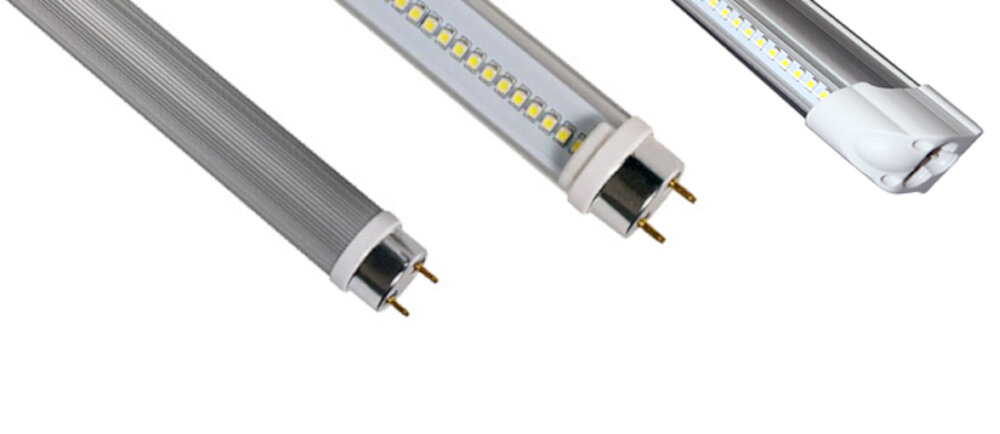
Energy efficiency is a crucial factor to consider when it comes to lighting options. LED light bulbs have revolutionized the lighting industry by providing a more energy-efficient solution compared to traditional incandescent bulbs. LED bulbs use up to 80% less energy than incandescent bulbs to produce the same amount of light. This means that LED bulbs can save you significant amounts of energy and money on your electricity bills. Unlike incandescent bulbs that waste most of the energy they consume as heat, LED bulbs convert almost all the energy they consume to light. This makes them a more sustainable lighting solution for homes, offices, and other spaces. In addition to being energy-efficient, LED bulbs have a longer lifespan than traditional bulbs. LED bulbs can last up to 25 times longer than incandescent bulbs, reducing the need for frequent replacements. This also means that they produce less waste, making them a more eco-friendly option. Additionally, LED bulbs are available in a range of colors and brightness levels, making them a versatile and customizable lighting solution for various applications. With all these benefits, it’s clear that LED bulbs are a worthwhile investment for anyone looking to save energy, money, and reduce their environmental impact.
Energy efficiency refers to the ability of a device to utilize energy efficiently and effectively without wasting it. In other words, it is a measure of the energy output of a device compared to the amount of energy inputted into it. The higher the energy efficiency of a device, the less energy it consumes to perform its intended function. LED light bulbs are known for their high energy efficiency, as they require significantly less energy to produce the same amount of light as traditional bulbs. Energy efficiency is measured using various metrics, including the luminous efficacy, which measures the amount of light produced per unit of energy consumed, and the power factor, which measures the efficiency of the electrical system that powers the device. Overall, energy efficiency is an important factor to consider when choosing lighting options, as it can significantly impact energy consumption and costs.
LED light bulbs are much more energy-efficient than traditional incandescent bulbs. LED bulbs use around 75% less energy than traditional bulbs, which translates to significant savings on energy bills. This is because LED bulbs convert almost all of the energy they consume into light, while traditional bulbs waste a lot of energy by producing heat. In addition, LED bulbs last much longer than traditional bulbs, which means they need to be replaced less frequently, further reducing energy consumption. Overall, switching to LED bulbs is a smart choice for anyone who wants to save energy and money while enjoying bright, high-quality light.
LED light bulbs have become increasingly popular in recent years due to their energy efficiency. According to statistics, LED bulbs use up to 80% less energy than traditional incandescent bulbs. This translates to significant cost savings for consumers as well as a reduction in carbon emissions. In addition, LED bulbs have a longer lifespan, lasting up to 25 times longer than traditional bulbs. This not only saves money on replacement costs but also reduces the amount of waste generated. With these impressive statistics, it’s no wonder that LED bulbs are quickly becoming the go-to option for those looking to save energy and money.
Cost Savings of LED Light Bulbs
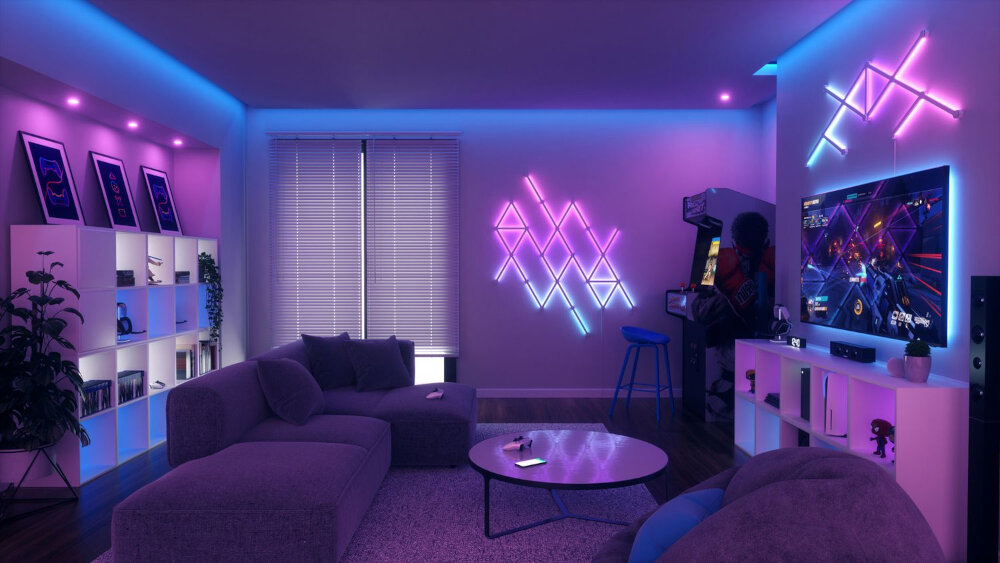
LED light bulbs are becoming increasingly popular due to their energy efficiency and cost savings. LED bulbs use up to 80% less energy than traditional incandescent bulbs, which means they are much cheaper to operate. This is because traditional bulbs convert a significant amount of energy into heat, while LED bulbs convert almost all of their energy into light. Therefore, LED bulbs produce the same amount of light as traditional bulbs, but with much less energy consumption. In addition to their energy efficiency, LED light bulbs also have a longer lifespan than traditional bulbs, which translates into further cost savings. The average LED bulb lasts up to 25,000 hours, which is 25 times longer than a traditional bulb. This means that an LED bulb can last for years, significantly reducing the need for replacement bulbs and the associated costs. Furthermore, LED bulbs do not contain any hazardous materials, such as mercury, which is commonly found in traditional bulbs. This makes them safer for both the environment and human health. Overall, the cost savings of LED light bulbs are significant, making them an excellent investment for both homeowners and businesses.
LED light bulbs are highly energy-efficient lighting sources that can save a significant amount of money on electricity bills. They consume up to 80% less energy than traditional incandescent bulbs and have a longer lifespan of up to 25,000 hours. This means that not only will LED bulbs reduce your electricity bill, but you will also save money on replacements and maintenance costs. Additionally, LED bulbs emit less heat, making them safer to use and reducing the load on air conditioning systems. While LED bulbs may have a slightly higher upfront cost, their long-term savings make them a smart investment for both your wallet and the environment.
LED light bulbs offer significant cost savings when compared to traditional light bulbs. Although LED bulbs may have a higher upfront cost, they consume far less energy and last longer than traditional bulbs, making them a more cost-effective option in the long run. LED bulbs use up to 80% less energy than traditional bulbs, resulting in lower electricity bills and reduced carbon footprint. Additionally, LED bulbs have a much longer lifespan, lasting up to 25 times longer than traditional bulbs, which means less frequent replacements and lower maintenance costs. While traditional bulbs may seem like a cheaper option initially, the cost savings and energy efficiency of LED bulbs make them a smart investment for any home or business.
According to recent statistics from the US Department of Energy, switching from traditional incandescent bulbs to LED light bulbs can save up to 75% of energy consumption. This means that households and businesses can save a significant amount of money on their electricity bills each year by making the switch to LED lighting. In addition to energy savings, LED bulbs also have a longer lifespan of up to 25,000 hours compared to traditional bulbs, which typically last only 1,000 hours. This makes LED bulbs not only an environmentally-friendly choice but also a cost-effective one in the long run.
Environmental Benefits of LED Light Bulbs
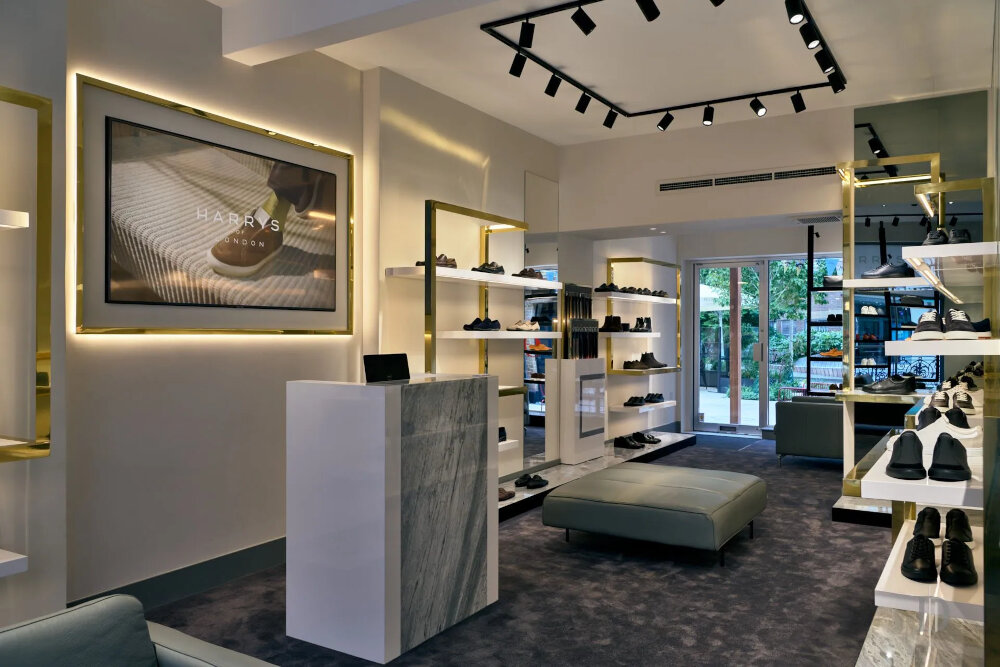
LED light bulbs have become increasingly popular in recent years, and this is largely due to their environmental benefits. One of the most significant advantages of LED bulbs is their energy efficiency. They use far less energy than traditional bulbs, which means they produce less carbon emissions and have a smaller environmental impact. When compared to incandescent bulbs, LED bulbs use up to 80% less energy, which results in significant savings on energy bills and a reduction in greenhouse gas emissions. This makes them an excellent choice for anyone who wants to reduce their carbon footprint and help protect the environment. Another major benefit of LED bulbs is their longevity. They have a much longer lifespan than traditional bulbs, which means they need to be replaced far less frequently. This, in turn, reduces waste and helps to conserve natural resources. Traditional bulbs generally last for around 1,000 hours, whereas LED bulbs can last for up to 50,000 hours. This means that an LED bulb could last for up to 25 years, depending on how frequently it is used. As well as being much more environmentally friendly, this also makes LED bulbs a more cost-effective option in the long run, as they do not need to be replaced as often as traditional bulbs.
Traditional light bulbs, also known as incandescent bulbs, have a significant environmental impact. These bulbs convert only 5% of the energy they use into light, while the remaining 95% is wasted as heat. This inefficiency makes them a major contributor to greenhouse gas emissions, as the extra energy required to power them is often generated by burning fossil fuels. Additionally, traditional bulbs contain small amounts of toxic mercury, which can be harmful to humans and wildlife if not disposed of properly. In contrast, LED bulbs are far more energy-efficient and produce significantly less heat, making them a more environmentally-friendly choice.
When it comes to environmental impact, LED light bulbs outperform traditional bulbs in many ways. Firstly, LED bulbs use significantly less energy than traditional bulbs, which means they require less fossil fuel to be burned to generate electricity. This translates to a lower carbon footprint and reduced greenhouse gas emissions. Additionally, LED bulbs contain no hazardous materials like mercury, which can be found in traditional bulbs and can be harmful to the environment if not disposed of properly. LED bulbs also have a longer lifespan, which reduces the number of bulbs that need to be manufactured, transported and disposed of, further reducing their environmental impact. Overall, choosing LED bulbs over traditional ones can be a small but impactful step in reducing our environmental footprint.
LED light bulbs are an energy-efficient alternative to traditional bulbs, and they have been proven to significantly reduce carbon emissions and waste. According to statistics, LED bulbs use up to 80% less energy than traditional bulbs, resulting in a reduction of greenhouse gas emissions by up to 90%. This means that by switching to LED bulbs, individuals and businesses can significantly reduce their carbon footprint and contribute to a more sustainable environment. Additionally, LED bulbs last up to 25 times longer than traditional bulbs, which reduces the amount of waste generated from replacing burned-out bulbs. Overall, the adoption of LED bulbs is a simple yet effective way to reduce energy consumption and promote sustainability.
Limitations of LED Light Bulbs
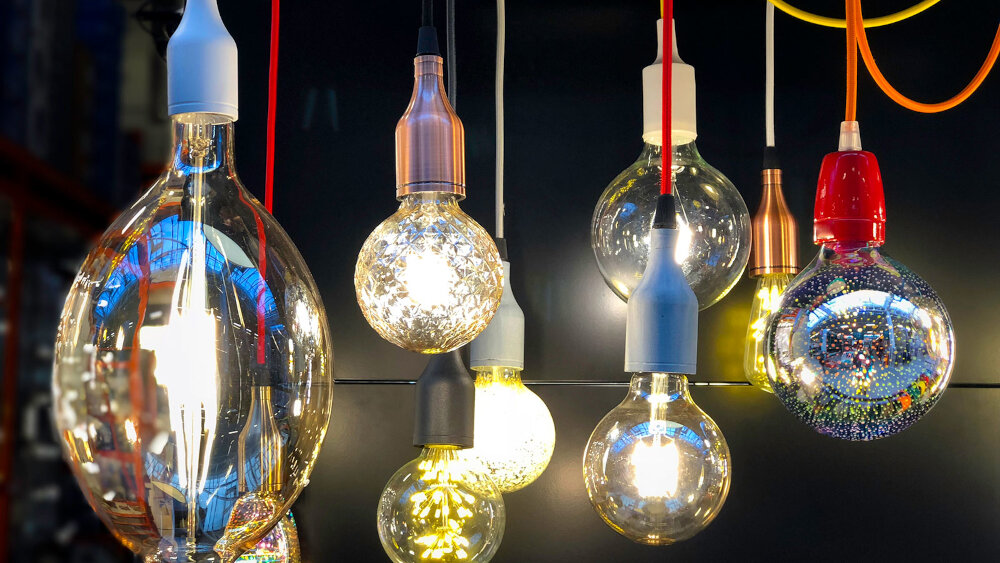
LED light bulbs have become a popular choice for people all over the world due to their energy efficiency and long lifespan. However, there are still some limitations that come along with these bulbs. One of the biggest limitations is their upfront cost. LED bulbs can be more expensive than traditional bulbs, which may deter some consumers from making the switch. While the cost of LED bulbs has come down in recent years, they can still be more expensive than incandescent bulbs or compact fluorescent bulbs. Another limitation of LED bulbs is their sensitivity to temperature. Extreme temperatures can affect the performance and lifespan of LED bulbs, which means they may not be suitable for use in certain environments. For example, an LED bulb may not work as well in a freezer or in extremely hot outdoor temperatures. In addition, some LED bulbs may not be dimmable or may not work well with certain types of dimmer switches. This can be frustrating for consumers who want to have control over the brightness of their lights. In conclusion, while LED light bulbs have many benefits, there are still some limitations that need to be considered before making the switch from traditional bulbs. The upfront cost and sensitivity to temperature are two of the biggest limitations, but they can be overcome with careful consideration and proper installation. As more and more people adopt LED bulbs, it is likely that these limitations will become less of a concern and the benefits of LED lighting will continue to shine.
While LED light bulbs have become increasingly popular due to their energy efficiency and longer lifespan, they still have limitations. One of these limitations is their initial cost, which can be higher than traditional incandescent bulbs. Additionally, while LED bulbs are more energy efficient, they may not be compatible with all types of lighting fixtures or dimmers. LED bulbs also have a narrower beam angle than traditional bulbs, which can limit their ability to provide broad and even lighting in certain spaces. Finally, while LED bulbs are more environmentally friendly due to their reduced energy consumption and longer lifespan, they still contain some hazardous materials that must be properly disposed of to avoid harming the environment.
LED light bulbs have gained popularity due to their energy-saving capabilities, but they do have some limitations compared to traditional light bulbs. Firstly, LED bulbs are generally more expensive than traditional bulbs, although they do last much longer. Secondly, LED bulbs can sometimes fail to produce the same quality and intensity of light as traditional bulbs, especially in colder temperatures. However, LED bulbs are much more energy-efficient, using up to 80% less energy than traditional bulbs. They also emit less heat, making them safer to use and reducing the need for air conditioning. Overall, while LED bulbs may have some limitations, their energy-saving benefits make them a smart choice for anyone looking to reduce their energy usage and costs.
Although LED light bulbs have numerous benefits, such as energy efficiency and longer lifespan, they also have some limitations that need to be addressed. One of the main drawbacks of LED light bulbs is their high upfront cost compared to traditional bulbs. However, this can be overcome by considering the long-term savings in energy bills and replacement costs. Another limitation is the quality of light emitted, which can sometimes be too harsh or too dim. This can be addressed by choosing the right color temperature and brightness level. Additionally, LED bulbs can also experience flickering or buzzing, which can be resolved by purchasing higher-quality bulbs. Overall, while LED light bulbs do have limitations, they can be overcome by making informed choices and considering the long-term benefits.
LED light bulbs have gained popularity over traditional incandescent bulbs due to their numerous benefits. First and foremost, they are energy-efficient and can save up to 80% of energy compared to traditional bulbs. This means lower electricity bills and a significant reduction in carbon emissions. Additionally, LED bulbs have a long lifespan and can last up to 25 times longer than traditional bulbs. They are also more durable and resistant to damage from shock or vibrations. However, LED bulbs are more expensive than traditional bulbs, which can be a limitation for some consumers. Additionally, some people may not like the quality of light emitted by LED bulbs, which can be harsh or cool-toned compared to the warm glow of traditional bulbs. Despite these limitations, the benefits of LED bulbs make them a more sustainable and environmentally friendly lighting option.
In conclusion, the use of LED light bulbs is a highly recommended energy-efficient and cost-saving alternative to traditional light bulbs. It has been proven that LED bulbs use significantly less energy and have a much longer lifespan than traditional bulbs. In addition to the energy and cost savings, LED bulbs also offer improved lighting quality, making them an ideal choice for any setting. While the initial cost of LED bulbs may be higher than traditional bulbs, the long-term benefits and savings make them a worthwhile investment. By making the switch to LED bulbs, individuals can not only reduce their energy bills but also contribute to a more sustainable future.
Conclusion
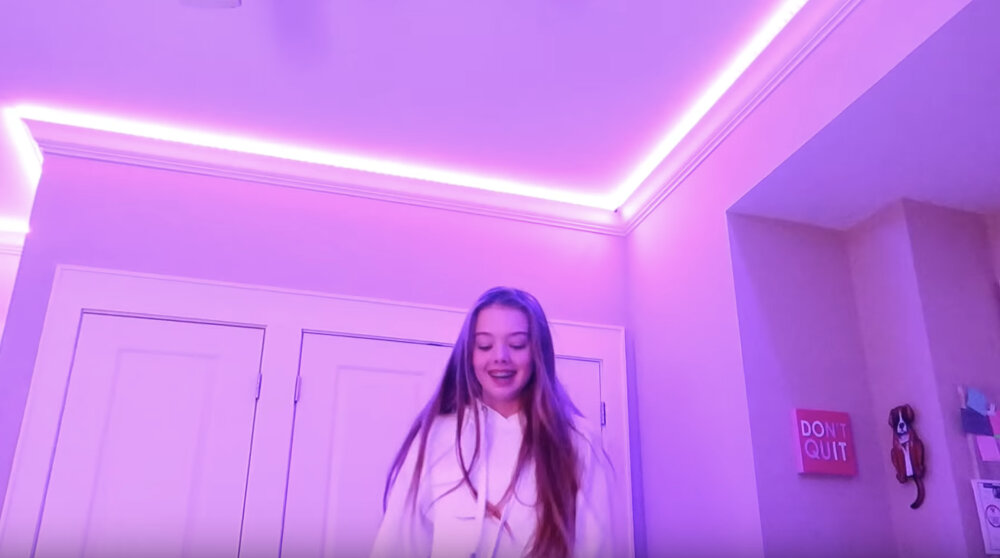
In conclusion, LED light bulbs are a highly efficient and energy-saving alternative to traditional light bulbs. The significant reduction in energy consumption translates into substantial savings for households and businesses alike. LED bulbs last longer, emit less heat, and are more environmentally friendly than traditional bulbs. The initial investment in LED bulbs may be slightly higher, but the long-term benefits far outweigh the cost. It is clear that LED light bulbs are the way of the future, and we should all consider making the switch to save energy, money, and the planet.




